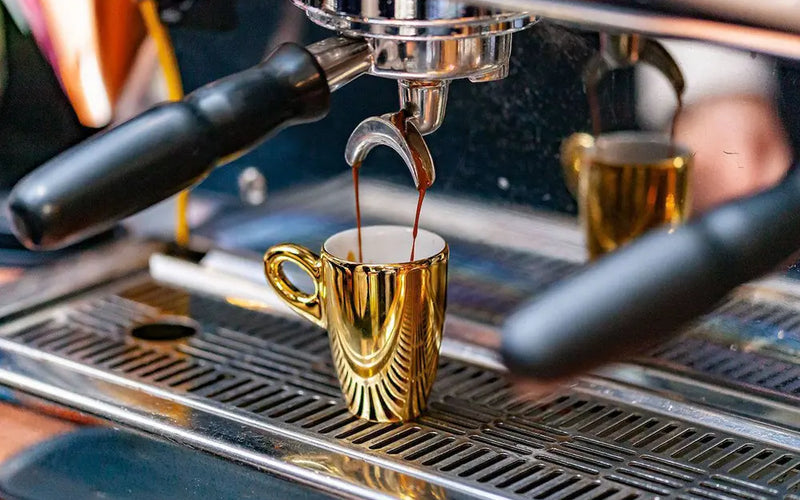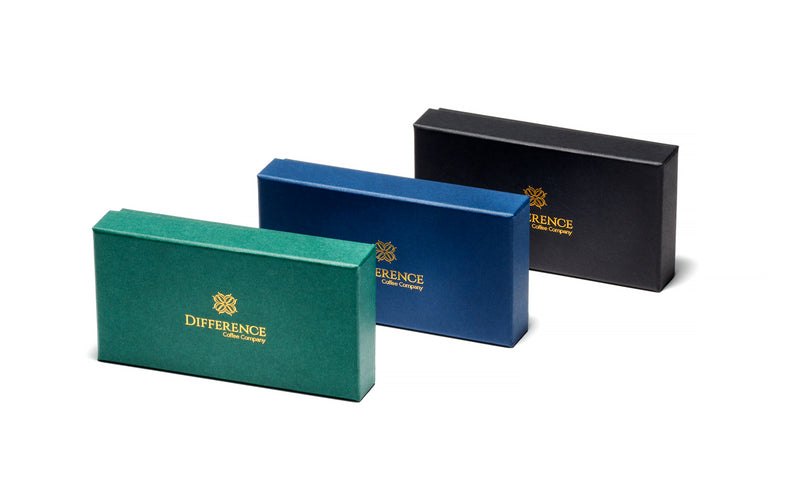Many coffee connoisseurs are fascinated by the mechanics of a perfectly pulled espresso. Most understand that pressure is the key component that distinguishes espresso from other types of coffee. The high pressure generated by an espresso machine is responsible for the drink’s unique characteristics – its strength, thickness, signature crema and the speed of its extraction. A common myth, though, is that pressure is a variable that can be controlled. In reality, almost every espresso machine, whether a professional or at-home model, has a fixed pressure setting that you can not, and should not mess with.
THE PERFECT PRESSURE LEVEL
The perfect pressure for extracting espresso – 9 bars – has been established, tried, and tested for more than a century. It’s a rare example of almost-total agreement across the coffee world. Nine bars of pressure, which is nine times the weight of air at sea level, is the gold standard for extracting consistently great espresso in a 25- to 30-second time frame. Any higher or lower level of pressure results in imperfect extraction, typically producing espresso that is too strong or too weak.
ESPRESSO MACHINES AND PRESSURE
Virtually every espresso machine on the market is set to use 9 bars of pressure, and the pressure setting is almost always unchangeable. This is true for the most serious of espresso machines installed at high-end restaurants all the way through to the more accessible range of at-home models. (Variable-pressure machines do exist, but they are uncommon.) Note that some home machines say they use 15 bars of pressure. This is because the pressure they generate is not sustained throughout the extraction process – it drops from 15 bars of pressure at the pump down to the ideal 9 bars at the brew head, which is where it really counts.
OTHER FACTORS TO CONSIDER
Pressure is certainly a key factor in producing a perfect espresso, but it’s just one of many. Others include water temperature, volume and minerality, the quality of beans, the roast and grind, and extraction time. The difference between these factors and pressure is that pressure is fixed whereas the others are variable. So, if you’re looking for reasons your espresso isn’t as good as you want it to be, consider all these elements first and don’t worry about pressure. Other than in the rare case of a malfunctioning machine, pressure simply isn’t the problem!







